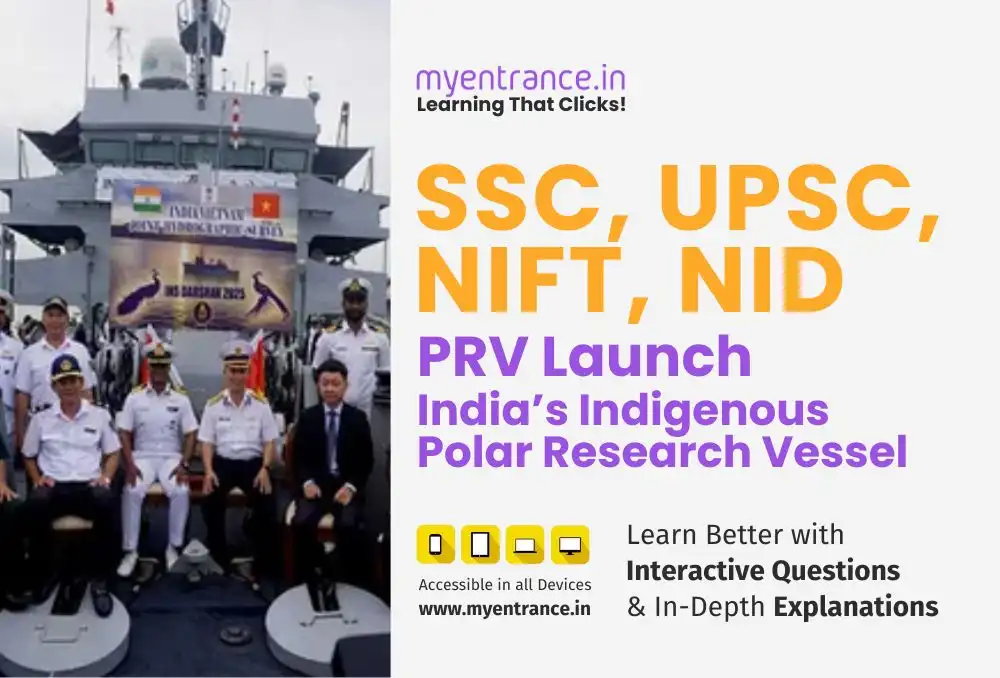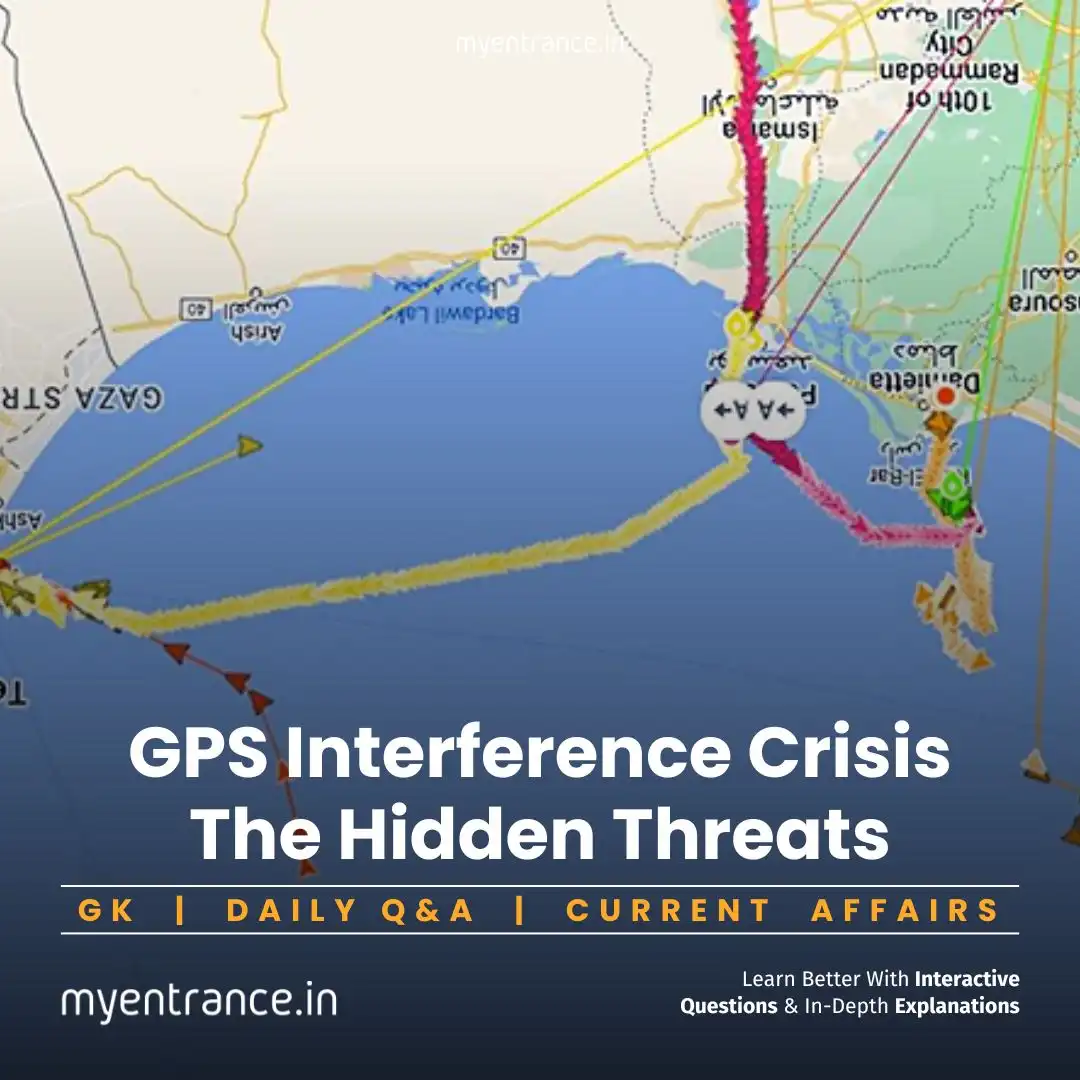Select Language
India’s Indigenous Polar Research Vessel: Boosting Arctic & Climate Research
In a significant stride toward bolstering its polar research capabilities, India is set to build its first indigenously designed Polar Research Vessel (PRV). On June 3, 2025, Garden Reach Shipbuilders and Engineers (GRSE) signed a Memorandum of Understanding (MoU) with Norway’s Kongsberg to develop this cutting-edge vessel, marking a major milestone in India’s scientific and strategic presence in the Arctic and Antarctic regions.
In a significant stride toward bolstering its polar research capabilities, India is set to build its first indigenously designed Polar Research Vessel (PRV). On June 3, 2025, Garden Reach Shipbuilders and Engineers (GRSE) signed a Memorandum of Understanding (MoU) with Norway’s Kongsberg to develop this cutting-edge vessel, marking a major milestone in India’s scientific and strategic presence in the Arctic and Antarctic regions.
Why in News?
On June 3, 2025, Garden Reach Shipbuilders (GRSE) signed an MoU with Norway’s Kongsberg to build India’s first indigenously designed Polar Research Vessel (PRV). This landmark project advances India’s climate science capabilities in the Arctic and Antarctic.
Key Highlights: PRV & India’s Polar Strategy
Strategic Collaboration:
MoU signed in Oslo under supervision of Union Shipping Minister Sarbananda Sonowal.
PRV to be built at GRSE’s Kolkata facility (known for warships/research vessels).
Scientific Objectives:
Study Arctic sea ice shrinkage (declining 12.6% per decade since 1980s).
Enable research on aerosols, precipitation, and marine ecosystems.
Equipped with cutting-edge tech for ocean-depth exploration.
India’s Existing Polar Presence:
Arctic: Himadri station (operational since 2008) in Svalbard, Norway.
Antarctic: Maitri (1989) and Bharati (2012) stations.
Nodal Agency: National Centre for Polar and Ocean Research (NCPOR).
Why Polar Research Matters for Your Exams
Geopolitical Relevance:
Arctic Council: India is an Observer (Prelims 2018).
Svalbard Treaty (1920): Grants India research rights in Norwegian Arctic.
Climate Change Imperatives:
Arctic warming affects Indian monsoons and sea levels.
PRV data will support global climate models and SDGs.
Beyond Shipbuilding: Maritime Development Fund (MDF)
Budget 2025 Initiatives:
₹25,000-crore MDF launched to boost shipping infrastructure.
49% funded by Centre; rest from ports/private sector.
Aims: Raise India’s share in global cargo to 20% by 2047.
SBFAP 2.0 Extension: ₹18,090 crore subsidy for shipyards to compete globally.
Significance:
*Reduces $109 billion/year transport remittances; targets ₹1.5L cr investment by 2030.*
Exam Relevance: Past Questions & Connections
Mains 2018: “Discuss India’s interests in the Arctic.”
Prelims: Arctic Council’s role (asked previously).
Treaties: Antarctic Treaty (56 members; India is Consultative Party since 1983).
Sample Q&As for Exams
Q1. Which Indian organization oversees polar research expeditions?
A: National Centre for Polar and Ocean Research (NCPOR).
Q2. India’s Himadri research station is located in which region?
A: Arctic (Svalbard, Norway).
Q3. What is the target of India’s Maritime Development Fund (2025) by 2047?
A: Increase Indian-flagged ships’ share in global cargo to 20%.
Q4. The Svalbard Treaty (1920) grants India rights to research in territories of which country?
A: Norway.
Q5. Which treaty governs scientific cooperation in Antarctica?
A: Antarctic Treaty (India is a Consultative Party).
Most Predicted Questions
Comprehensive study materials, Expert-guided tips & tricks, Mock tests and instant results.
Start your SSC, NIFT, NID, FDDI, PSC journey today with MyEntrance, your ultimate online coaching platform.








